Limited Edition vs Open Edition Prints
Making the Best Choice for Your Collection
As an artist deeply passionate about landscape and nature photography, one of the critical decisions I've faced is whether to offer Limited Edition or Open Edition prints. This is a crossroads for many photographers and an essential consideration for collectors as well. After years of reflection, research, and conversations with colleagues, I've chosen to offer exclusively Open Edition prints. This article explains why - so you can make an informed and confident decision when buying photographic art.
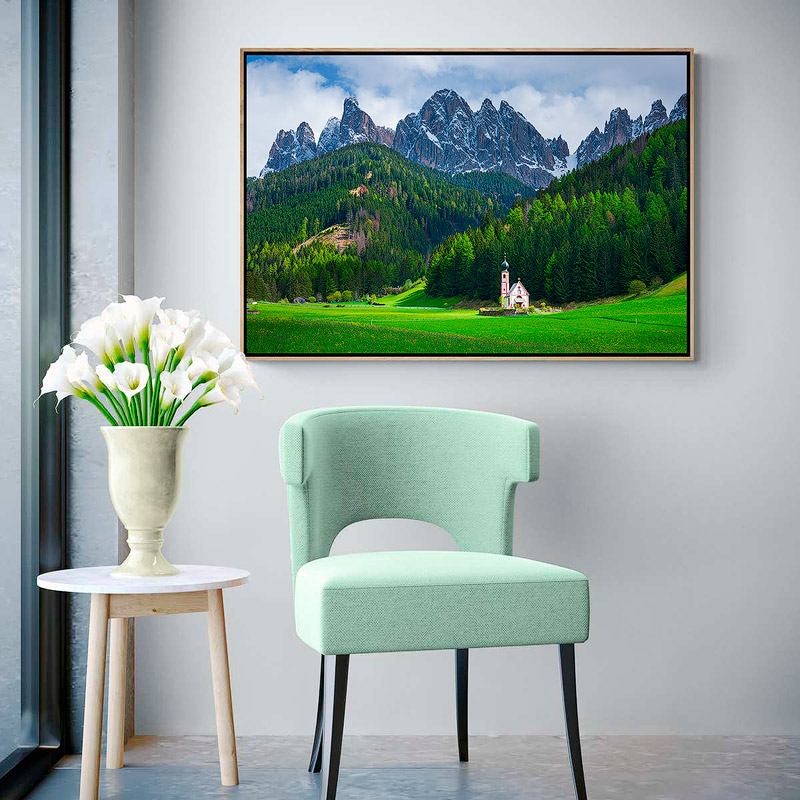
Limited vs Open Edition prints - does scarcity really make a print more desirable or just more expensive?
Understanding Limited vs Open Edition Prints
Let's start with clear definitions.
Limited Edition prints are restricted to a specific number of copies, usually signed and numbered by the artist. Once the edition sells out, no more prints of that image are produced in that edition, creating a perception of exclusivity and rarity.
Open Edition prints, by contrast, have no fixed limit. They can be printed as many times as demand requires, making them more accessible and affordable while maintaining the same artistic quality.
On the surface, Limited Editions seem appealing because they offer perceived scarcity - a classic marketing technique - but as we'll see, this concept is flawed, especially for photography.
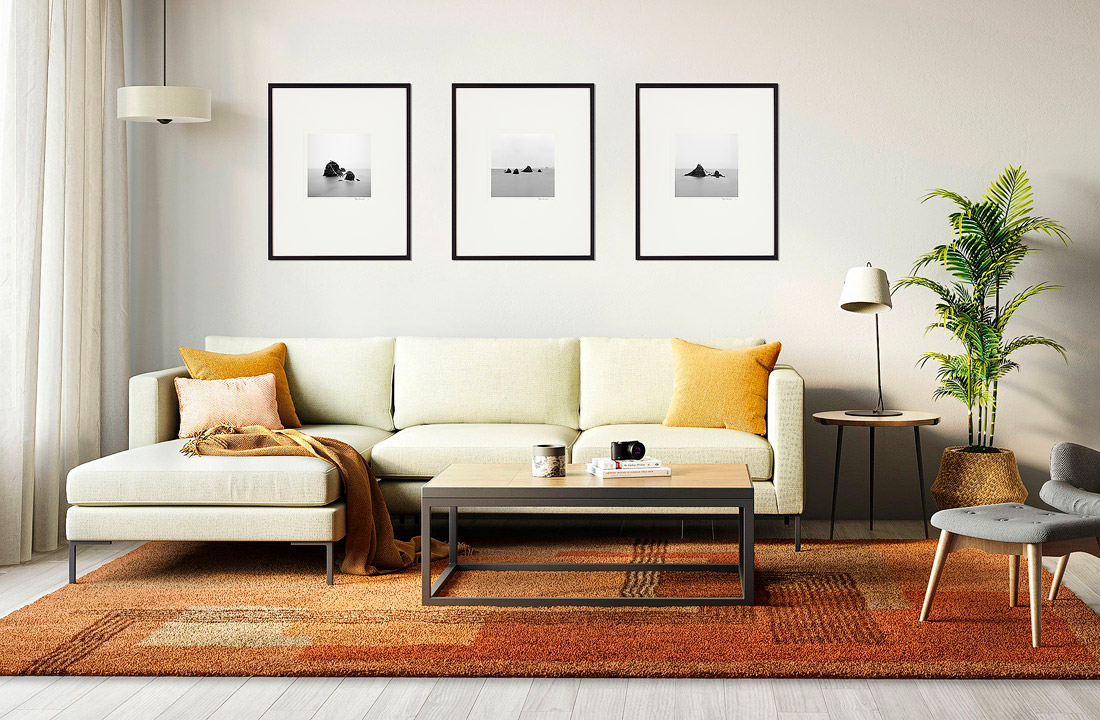
Choosing between limited and open edition prints is ultimately about what you value more - exclusivity or accessibility.
Why Artists Choose Limited Editions
Limited Editions appear attractive to both artists and galleries because they create urgency. Marketing experts often extol the virtues of scarcity as a powerful sales driver. Buyers feel they must act fast before the edition sells out, while galleries leverage this to command higher prices.
Many photographers, eager to establish themselves, see peers using Limited Editions and assume that's the professional standard. Indeed, online searches and gallery advice often reinforce this, promoting Limited Editions as a way to increase perceived value and attract collectors.
But as Matt Payne noted in his excellent article "Limited or Open Edition Prints?", much of this is rooted in outdated practices and questionable motivations.
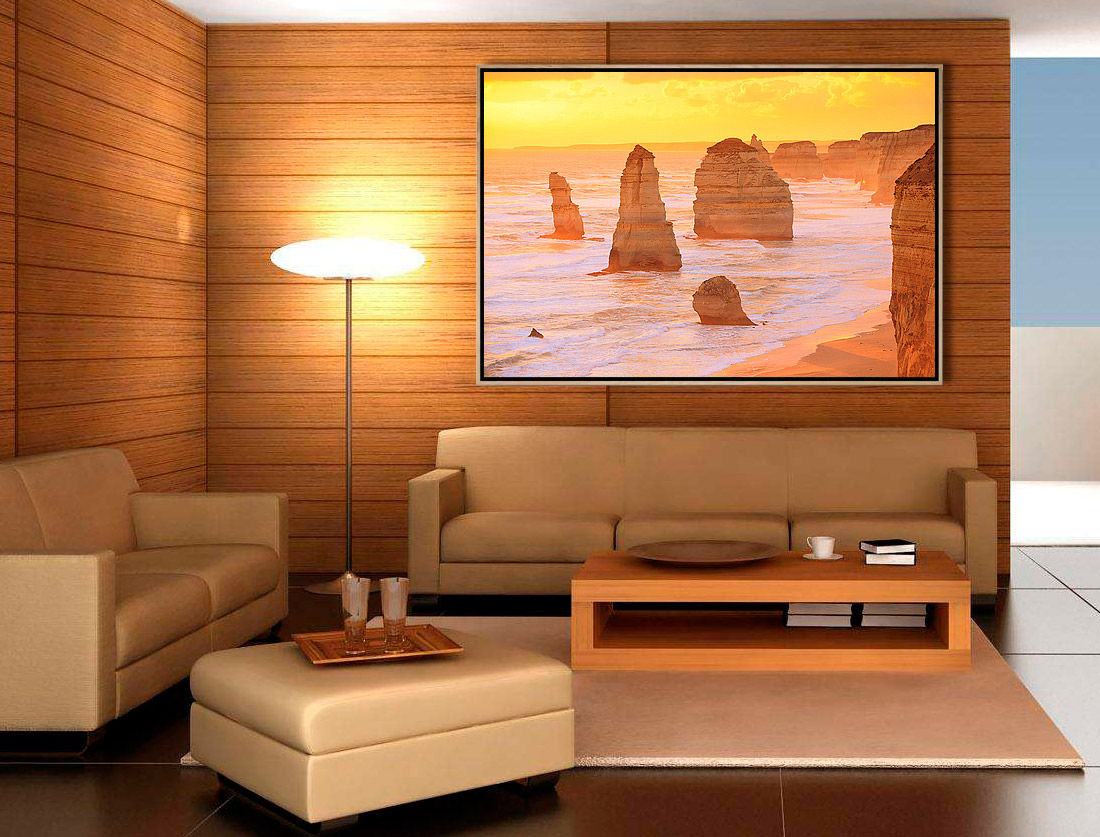
Many photographers sell limited editions to create a sense of exclusivity. But does it genuinely benefit collectors?
The Problem with Manufactured Scarcity
Historically, Limited Editions made sense for mediums like lithography and etching, where printing plates degraded with use, and early prints were superior. In photography, however, modern digital processes produce consistently high-quality prints, whether it's the first or the hundredth.
Thus, limiting the number of photographic prints serves no practical purpose - it is purely a marketing invention.
Scarcity can indeed manipulate consumer behavior. Psychological studies show that people value something more if they believe it's scarce (Lalwani et al., Journal of Consumer Research). We saw this in action during the COVID - 19 toilet paper rush - a primitive drive to secure what might soon be unavailable. In photography, galleries tap into this same instinct to justify inflated prices. But this has nothing to do with the art's intrinsic value.
Even Peter Lik, one of the world's highest - grossing photographers, admitted his Limited Edition pricing was more marketing hype than artistic necessity.
Ethical Concerns and Market Manipulation
The ethical problems with Limited Editions are profound. Artificial scarcity parallels price gouging practices in other industries - pharmaceuticals, energy markets, and even oil cartels have all used supply restrictions to drive up prices.
Why should art - something meant to enrich lives - employ the same tactics?
Notable photographers like Ansel Adams and Edward Weston never limited their editions, yet their work is celebrated and commands respect. Their value derived from their unique vision and exceptional craftsmanship - not contrived rarity.
Brooks Jensen, in What Size Is the Edition?, puts it bluntly: "Limiting the size of the edition is not an artistic question, it is a marketing strategy." This strategy often benefits galleries and speculators more than artists or collectors.
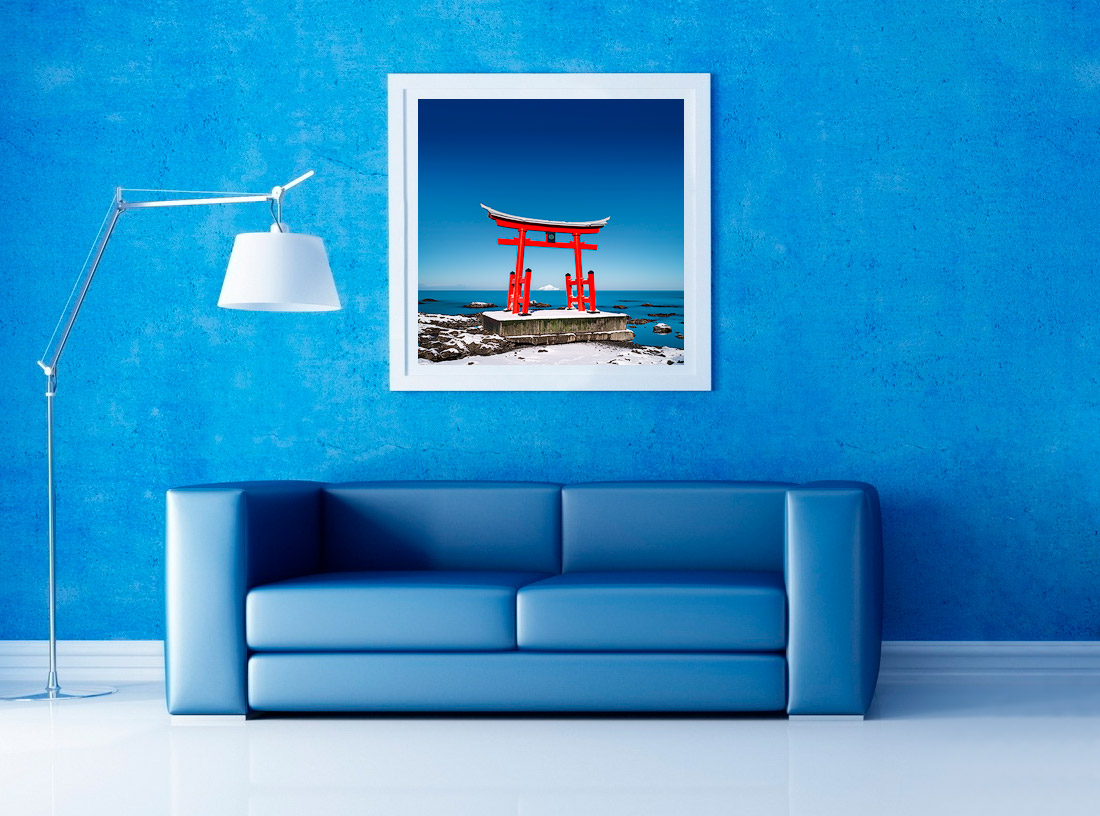
Limiting artwork editions might seem like it adds meaning, but are we valuing numbers over the art itself?
The Real Value of Photographic Art
So what makes a photograph truly valuable? Here are the factors I believe matter most:
- Intrinsic Emotional Connection: Art that moves you - that evokes emotion, memories, or awe - is priceless. This personal connection can never be manufactured by edition numbers.
- Technical Mastery and Craftsmanship: The photographer's skill, vision, and the care invested in producing the print - composition, light, timing, and post-processing - are critical to its value.
- Materials and Presentation Quality: Archival papers, inks, and mounting processes ensure the print lasts decades or even centuries. High-quality materials also enhance color, sharpness, and overall presentation.
- Social and Cultural Impact: Art that makes a statement, sparks dialogue, or celebrates the natural world adds to its value beyond any price tag.
- Mental and Emotional Benefits: Studies confirm that nature photography reduces stress, enhances well - being, and improves mood - a benefit few commodities can claim.
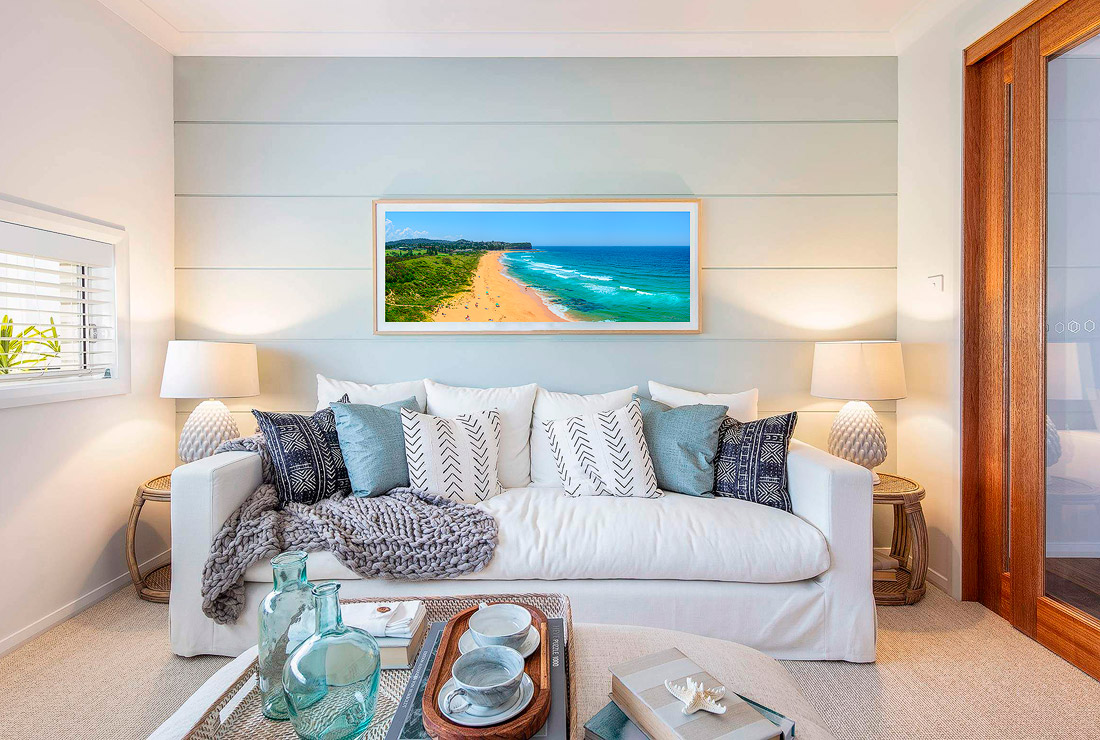
The worth of a print should go beyond how many exist or who signed it - focus on the emotion and craft behind it.
The Limitations Imposed by Limited Editions
Limited Editions put up barriers - both to collectors and to the artist.
For collectors, the inflated prices exclude many from owning art they love. For artists, once an edition sells out, they forfeit the chance to continue earning from their creation. Meanwhile, only galleries or secondary market sellers profit from resales.
Daniel Sroka captured it well: "If I limited my editions, this avenue for artistic growth would be shut down. I would legally have to print my photographs at the lesser quality I was capable of when I released the edition, and not at my current level of ability."
Cole Thompson, an acclaimed black and white photographer whom I greatly admire, adds: "Would you rather say your work sold for thousands of dollars, or that your work was in thousands of homes?" That choice defines the artist's philosophy.
Historical and Market Realities
Proponents of Limited Editions often tout the secondary market, claiming that collectors benefit when prices rise over time. But this is largely a myth.
With rare exceptions, living photographers see little or nothing from secondary market sales. It is galleries, dealers, and auction houses that reap the rewards, often leveraging hype and exclusivity to exploit buyers and artists alike.
Brooks Jensen points out that limiting editions actually undermines an artist's career: "The higher prices rise, the fewer buyers there will be. This breeds elitism and limits the market for new photographers."
Relating to the future value of photography prints, it has sadly already been demonstrated that the secondary market is a myth for all but those who have passed away.
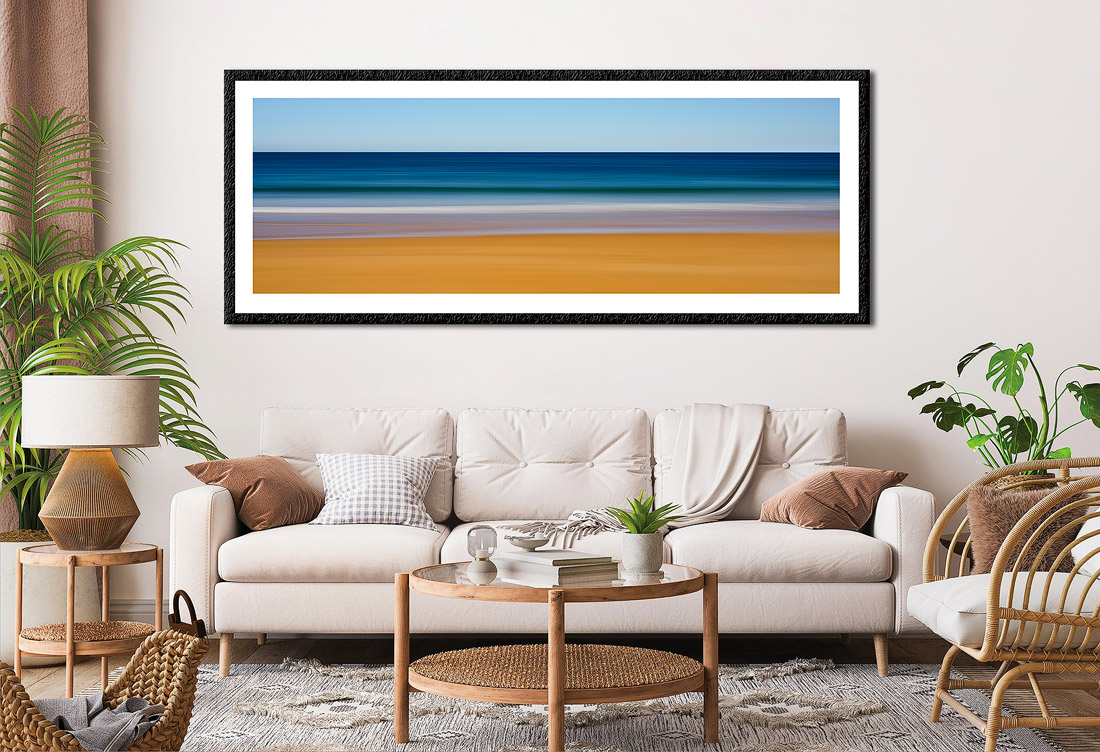
Should an artist's fame or obscurity change how much their work means to you?
Embracing the Open Edition Philosophy
Offering Open Edition prints aligns with values of accessibility, integrity, and sustainability.
- Accessibility: Open Editions allow more people to own and enjoy fine art photography - fulfilling the artist's mission to share beauty and meaning.
- Integrity and Transparency: Buyers can trust that they are purchasing art for its emotional and aesthetic qualities - not speculative resale value.
- Flexibility and Artistic Growth: Without contractual constraints, artists can revisit old images, applying new skills, better materials, and refined vision - ensuring that each print is the best it can be.
- Long-term Sustainability: Artists continue to benefit financially from their creations for as long as there is demand.
As Daniel Sroka noted: "Whenever I create a new piece of art, I never know which will become my next 'big hit' and sell really well. If I artificially limited the number of pieces I could sell, it would simply limit my opportunity for making a living."
Alternatives to Traditional Limited Editions
If you still wish to offer some sense of uniqueness, Brooks Jensen suggests alternatives that preserve integrity:
- Sequential Numbering: Rather than limiting editions, simply number each print sequentially - #1, #2, and so on - providing transparency without restricting availability.
- Iterative Editions: Similar to book publishing, photographers can release distinct "editions" with meaningful improvements or variations. For example, "First Edition" and "Second Edition," each reflecting advances in materials or technique, yet without artificial scarcity.
These approaches maintain trust and honesty while allowing the artist to evolve creatively.
My Personal Commitment to Open Editions
By choosing Open Editions, I commit to keeping my art accessible, honest, and authentic. I want my photographs to live in homes and offices - not hidden away in vaults.
Photography is inherently democratic - it can and should be enjoyed by everyone who connects with it.
I strive to ensure each print reflects my highest standards of craftsmanship, and I revisit older works as my skills improve. This ensures you receive the best version of my art, no matter when you purchase it.
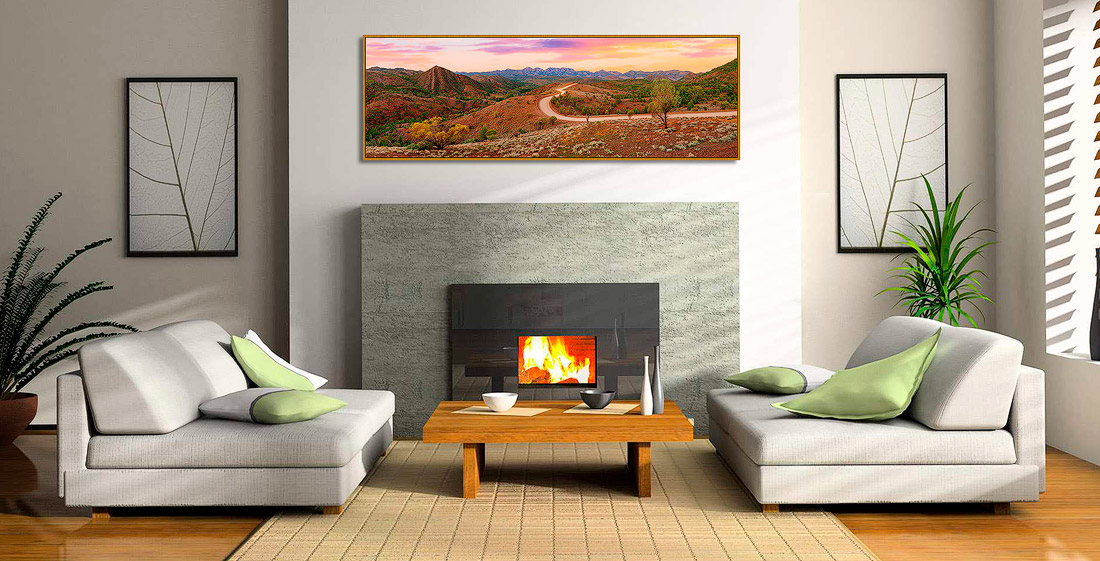
The materials and craftsmanship of a print often matter far more than the number written on it.
Frequently Asked Questions
Are Open Editions less valuable?
No. The value of art is subjective and determined by its impact on you - not by contrived scarcity.
Do Limited Editions increase in value over time?
Sometimes, but rarely to the benefit of the artist. Most secondary market gains benefit galleries and resellers, not the creator.
Are Open Editions high quality?
Absolutely. Open Edition prints use the same archival materials, printing processes, and attention to detail as Limited Editions - only without artificial limits.
Don't collectors prefer Limited Editions?
Some do - but often because they've been conditioned to value rarity over authenticity. Many collectors today appreciate the integrity of Open Editions and value the art for its intrinsic qualities.
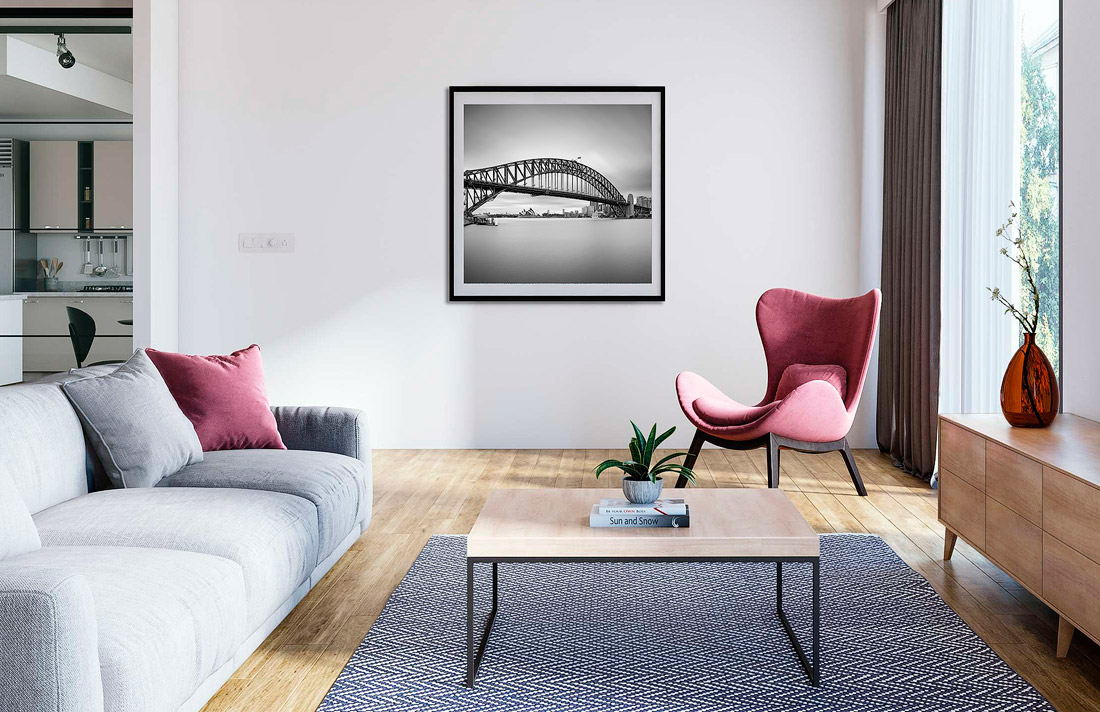
Art has a social and emotional value that numbers can’t capture - choose what resonates with you, not just what's rare.
Conclusion
Limited Editions may appear appealing at first glance, but they are rooted in outdated traditions, artificial scarcity, and questionable ethics. Open Editions celebrate what art is truly about: sharing emotion, beauty, and ideas without barriers.
Art should be valued for its emotional impact, craftsmanship, and meaning - not for arbitrary limits that benefit only a select few.
I invite you to explore my collection of Open Edition prints, knowing that each piece is offered openly and honestly, designed to enrich lives generously.
Let art inspire you - not because it's rare, but because it's real.
About the Artist
I'm Ilya Genkin - an internationally recognised Australian landscape and fine art photographer offering wall art prints. My passion for capturing the beauty of nature and our world translates into striking photographic prints that bring life, emotion, and inspiration to any space. From tranquil seascapes to dramatic mountainscapes, each image is a reflection of my vision and dedication to the art of photography.
Read more about Ilya Genkin and shop fine art prints online from his collection.
Wall Art Prints Featuring Fine Art Landscape Photography
Explore my extensive collection of wall art prints - crafted with the highest-quality materials to suit every style and budget. Whether you're looking for a luxurious, ready-to-hang piece or a beautifully printed work to frame yourself, each photograph is available in several premium formats: Gallery-quality Fine Art Paper Prints - ready for framing, and Professional Canvas Prints - classic and timeless texture.
Each artwork is meticulously printed and made-to-order to ensure you receive a piece that elevates your home, office, or commercial space. Buy fine art prints online to suit your style.
Artworks for Interior Designers, Home Stylists, and Architects
I collaborate with interior designers, home stylists, and architects to create bespoke wall art prints tailored to your project's aesthetic, colour palette and interior design needs. Prints can be customised and sized to complement your space perfectly. All pieces are made-to-order, and pricing varies based on size, quantity, and shipping.
Contact me to discuss your project and request a personalised quote.
Why Choose Ilya Genkin Photography?
By choosing my work, you're not just acquiring exceptional art - you're supporting an independent Australian artist and contributing to a vibrant local creative community. Every purchase directly helps sustain and grow this craft, bringing authentic and meaningful art into your life.
Request a free mockup to see how a chosen photograph will look in your space before you buy.
Start your journey today - shop our wall art collection, purchase with confidence, or order custom prints today and transform your walls with fine art photography.
Fine Art Landscape Photography
Information
- FAQ - Landscape Photography Prints
- Purchase Fine Art Prints
- Black and White Fine Art Prints
- Art Consultation for Your Home
- Design Tips for Styling Your Space with Art
- Limited Edition vs Open Edition Prints
- Collector Resources
- FAQ - Image Licensing
- License Stock Photos
- Stock Photo Price Request
- Materials and Sustainability
Photography Guides
Online Store Opens 24/7
Email:
Phone: +61 (0) 421 055 613
Crafted with care for the planet - using sustainable materials and eco-friendly packaging.
Ilya Genkin Photography acknowledges the Traditional Custodians of the land on which we operate, live and gather as employees, and recognise their continuing connection to land, water and community. We pay respect to Elders past, present and emerging.
